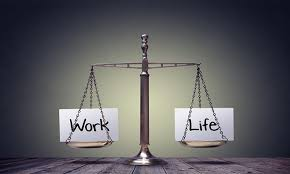
In the corporate world, the interplay between masculine and feminine energies shapes not only organizational dynamics but also individual career trajectories. Masculine energy is often characterized by assertiveness, competition, and a focus on results, whereas feminine energy embodies collaboration, empathy, and nurturing. While both energies are vital for a balanced and thriving workplace, the interaction between them can create significant barriers to women’s career advancement, particularly when it comes to navigating power dynamics.
One of the primary challenges women face in male-dominated environments is the perception of feminine energy as a threat to traditional masculine power structures. When women exhibit qualities associated with feminine energy—such as collaboration, emotional intelligence, and a focus on relationships—they may be viewed as less competent or assertive by their male counterparts. This misperception can lead to a metamorphosis in the way women’s contributions are recognized, often overshadowed by the prevailing masculine ideals of power and control.
Moreover, when women adopt masculine traits to fit into these environments, they may inadvertently perpetuate a cycle that stifles their authenticity. Striving to embody traits like assertiveness and competitiveness can lead to burnout and dissatisfaction, as women navigate the precarious balance of meeting expectations while sacrificing their natural inclinations toward collaboration and nurturing. This dynamic creates a paradox where women may feel pressured to conform to masculine standards to gain respect and recognition, yet this very adaptation can undermine their true potential.
To break this cycle, women can consciously embrace and celebrate their feminine energy while finding ways to articulate its value in the corporate sphere. By demonstrating how collaboration and emotional intelligence enhance teamwork and drive results, women can reframe the narrative surrounding feminine traits as essential to effective leadership.
Fostering an environment that values both masculine and feminine energies can create a more inclusive workplace where diverse leadership styles flourish. This approach not only enhances women’s career advancement but also cultivates a corporate culture that thrives on balance, collaboration, and mutual respect, ultimately leading to greater organizational success. By addressing these dynamics, we can pave the way for a more equitable future in business where all energies are valued and harnessed for collective growth.
Helping Executive Women Reduce Stress, Prevent Fatigue & Avoid Burnout
📩 Follow me for more insights or send me a message to connect!









